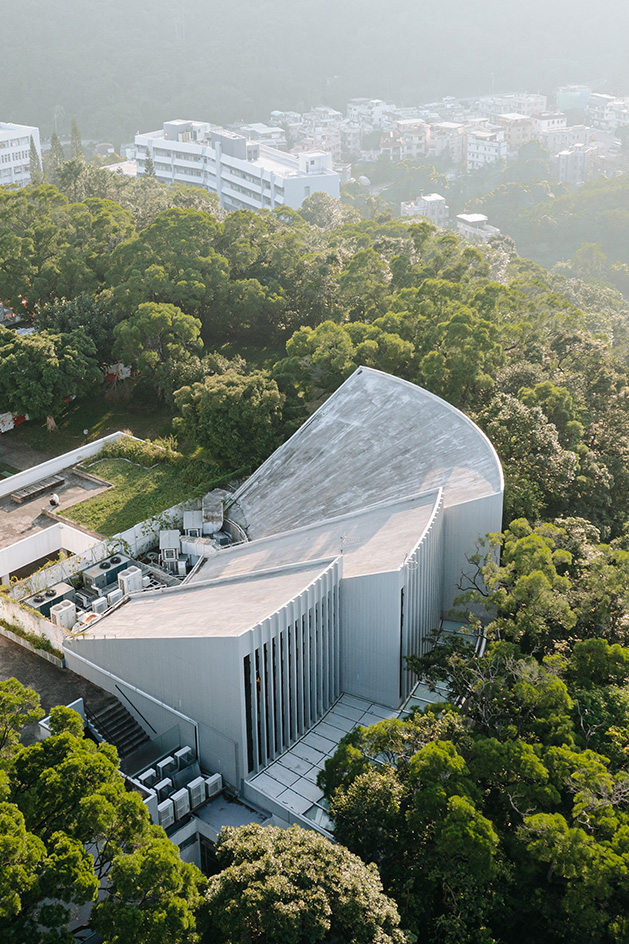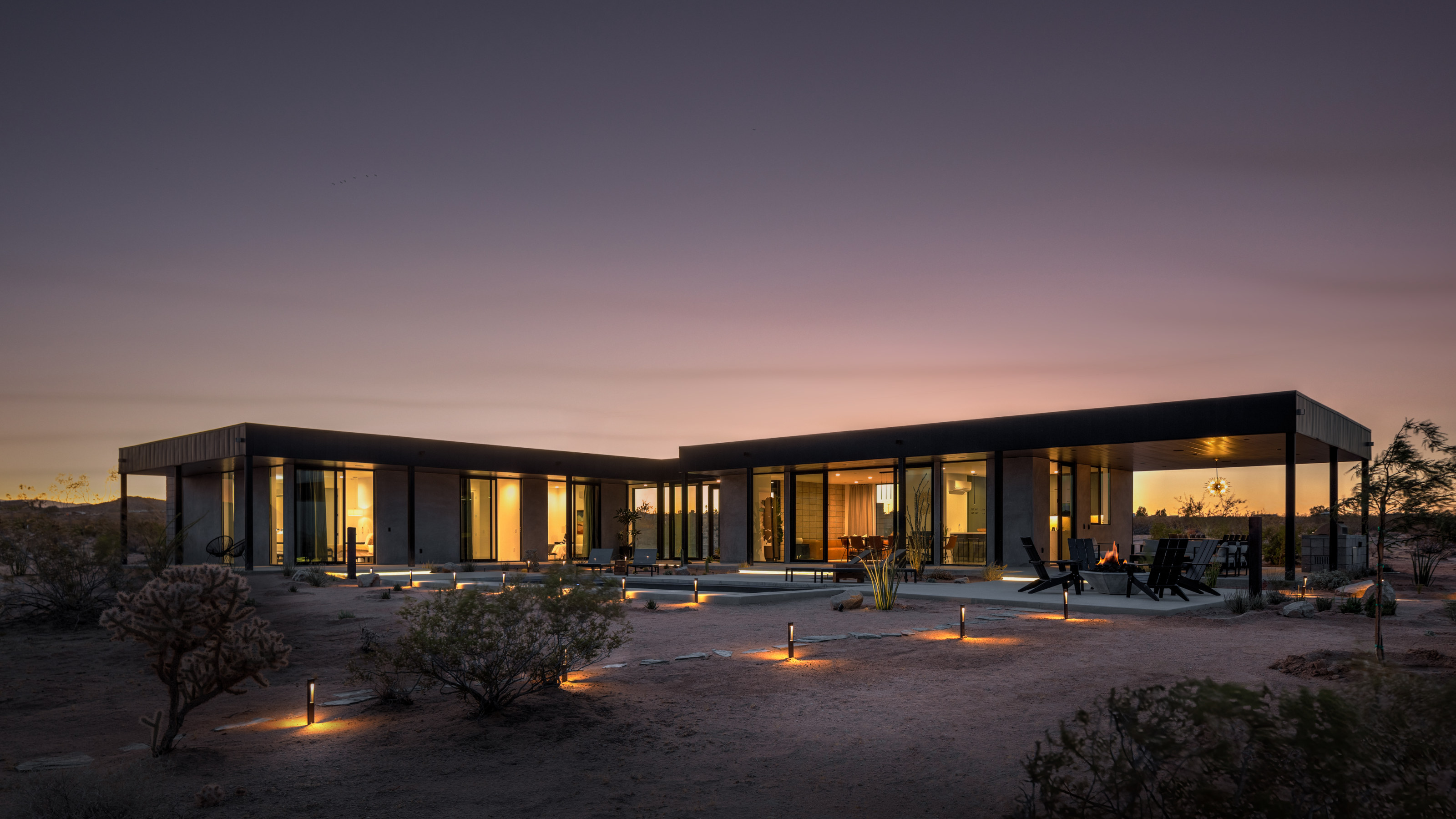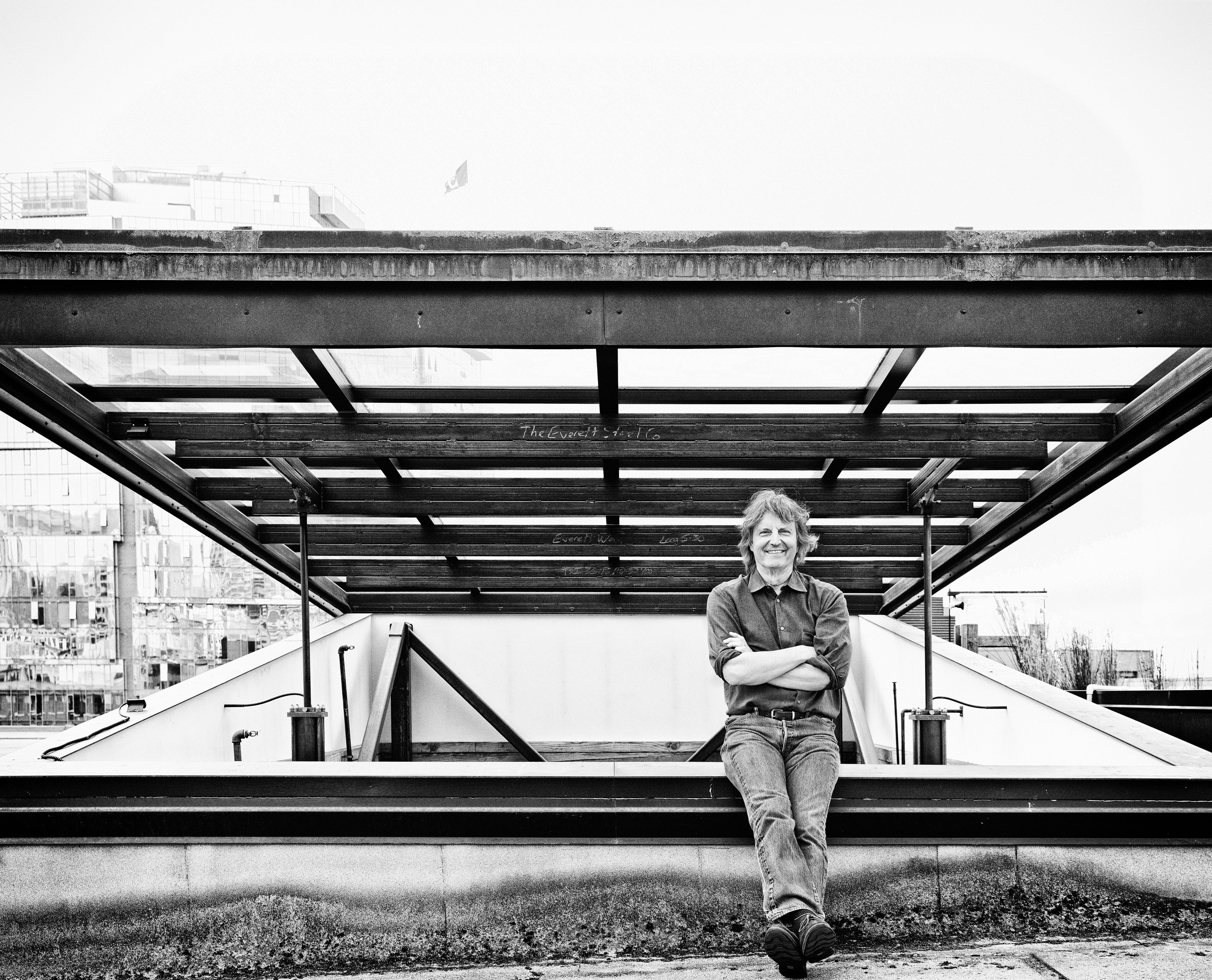Hong Kong brutalism explored: tour the island with this new architectural map
Hong Kong brutalism is brought into sharp focus through the launch of Brutalist Hong Kong Map, the latest of its kind in publisher Blue Crow Media’s 20th-century architecture series

‘I never expected Hong Kong's architecture to be so fascinating and meaningful, especially without the typical influence of capitalism,‘ says Bob Pang, a Hong Kong Chinese architect, who founded the Brutalism Hong Kong Research Group in 2021. Over the past four years, the team of 20 researchers has uncovered and documented over 40 examples of brutalist architecture in the city, both standing and demolished. They have curated two exhibitions, authored a key publication, and contributed to numerous talks and lectures across China and Asia.
Their latest project, the bilingual Brutalist Hong Kong Map, advocates for the city's hidden architectural heritage, linking it to the global brutalist narrative and engaging the global network of devoted followers.

St. Stephen's College Special Room Block and Tang Shiu Kin Hall
Join our architecture tour of Hong Kong brutalism
The research, supported by Design Trust, a non-profit funding platform, and Leigh & Orange Architects, with roots in Hong Kong since 1874, has uncovered the missing pieces of the city’s architectural history from the 1950s to the 1970s, piecing together a picture that had never been fully formed. Unsurprisingly, Hong Kong’s brutalist architecture was heavily influenced by the British brutalist movement, with many key figures having studied in the UK or collaborated with renowned British architects like Denys Lasdun and John Bonnington.

St. Alfred's Church
A wave of designs with a strong sense of geometry began to shape Hong Kong’s architectural landscape in the mid-1960s, including the expressive Chinese Methodist Church North Point (Szeto Wai, 1965) and the Mies van der Rohe-influenced Chun Hom Kok Architect’s Residence (Jackson Wong, 1966).
READ MORE

By the 1970s, as local brutalism reached its peak, several iconic structures emerged, each contributing something unique to the movement: the bold, line-crossing Diocesan Youth Retreat Hostel and Chapel (Samn Lim, 1971); the interlocking forms of Chung Chi Hall Student Centre (Dennis Lau, 1972); and the UFO-shaped Stewards Pooi Tun Secondary School (Ronald Poon, 1975).

United College Water Tower, CUHK
The findings evidently revealed how these structures adapted to Hong Kong's rapid urban growth, hilly terrain and subtropical climate. Designed with vertical integration, they maximised compact spaces for multiple uses, including workshops, offices, canteens, leisure areas, and parking. The Eastern Sea Industrial Building (Peter Pun, 1975), a cargo-sized, ‘pre-cast pre-stressed’ structure, exemplifies this approach by combining various uses in a single high-rise.

St. Stephen's College Bell Tower
Transparent facades, such as climate-responsive brise soleil and ventilation blocks, seen in St Stephen's College Special Room Block (Tao Ho, 1981), offered natural cooling before air conditioning became widely affordable. The swift construction of buildings like the Shaw Brothers Studio Production Unit (Peter Pun, 1968), completed in just five months, reflects the era's rapid urban development, where longevity was perhaps not a primary concern.
Receive our daily digest of inspiration, escapism and design stories from around the world direct to your inbox.

T.C. Cheng Building
‘The post-war architects tackled social issues with designs of exceptional spatial and construction quality, producing brutalist buildings that are both deeply connected to the local context and uniquely reflective of their time,’ Pang says. Since the economic boom of the 1980s, many iconic buildings have been demolished to make way for larger, more luxurious curtain wall structures, while others have been extensively renovated.

St. Stephen's College Special Room Block and Tang Shiu Kin Hall
Only a few remain in their original, well-preserved state. The Brutalist Hong Kong Map seeks to document these surviving gems, while also encouraging a rediscovery of their charm and a rethinking of the city's evolving urban landscape.

Wu Chung Library, CUHK
‘For a day trip exploring Hong Kong's Brutalist architecture, start at The Chinese University of Hong Kong in the New Territories, where you can easily walk between over twenty brutalist buildings, all conveniently close together.’ Pang said, ‘Then move to the Hong Kong Island, begin at the Chinese Methodist Church in North Point, then take the metro to St Joseph’s Primary School in Wan Chai.'

Chung Chi Hall Student Centre, CUHK
'From there, hop on a tram to Happy Valley to see Smiley Court apartments. End your day with a minibus ride to Island South to visit the Residence of Jackson Wong in Chung Hom Kok, and enjoy a sunset at the nearby beach to cap off the experience.’

Shaw Studios Residential Blocks
Yoko Choy is the China editor at Wallpaper* magazine, where she has contributed for over a decade. Her work has also been featured in numerous Chinese and international publications. As a creative and communications consultant, Yoko has worked with renowned institutions such as Art Basel and Beijing Design Week, as well as brands such as Hermès and Assouline. With dual bases in Hong Kong and Amsterdam, Yoko is an active participant in design awards judging panels and conferences, where she shares her mission of promoting cross-cultural exchange and translating insights from both the Eastern and Western worlds into a common creative language. Yoko is currently working on several exciting projects, including a sustainable lifestyle concept and a book on Chinese contemporary design.
-
 JW Anderson’s new London store is an inviting emporium of fashion, art and homeware
JW Anderson’s new London store is an inviting emporium of fashion, art and homewareThe idea of curation is at the heart of Jonathan Anderson’s refreshed vision for his eponymous label, one encapsulated in the new Sanchez Benton-designed store on Pimlico Road – a place where the designer’s passions and influences converge
-
 Rent this dream desert house in Joshua Tree shaped by an LA-based artist and musician
Rent this dream desert house in Joshua Tree shaped by an LA-based artist and musicianCasamia is a modern pavilion on a desert site in California, designed by the motion graphic artist Giancarlo Rondani
-
 The most comprehensive showing of Nan Goldin’s photographs and films is intense and emotional
The most comprehensive showing of Nan Goldin’s photographs and films is intense and emotionalNan Goldin's moving-image work makes a heavy impact in ‘This Will Not End Well’ at Milan’s Pirelli HangarBicocca
-
 Discover The Legacy, Hong Kong’s eye-catching new condo
Discover The Legacy, Hong Kong’s eye-catching new condoThe Legacy, by ACPV Architects Antonio Citterio Patricia Viel, is a striking new condo tower that aims to ‘create a sense of community and solidarity among people’
-
 David Kohn’s first book, ‘Stages’, is unpredictable, experimental and informative
David Kohn’s first book, ‘Stages’, is unpredictable, experimental and informativeThe first book on David Kohn Architects focuses on the work of the award-winning London-based practice; ‘Stages’ is an innovative monograph in 12 parts
-
 Modernist Scotland explores the country’s impressive legacy of contemporary architecture
Modernist Scotland explores the country’s impressive legacy of contemporary architectureA new book, Modernist Scotland, delves into the art and ambitions of the International Style in post-war Scotland, presenting 150 projects that typify an age of optimism and innovation.
-
 Explore Tom Kundig’s unusual houses, from studios on wheels to cabins slotted into boulders
Explore Tom Kundig’s unusual houses, from studios on wheels to cabins slotted into bouldersThe American architect’s entire residential portfolio is the subject of a comprehensive new book, ‘Tom Kundig: Complete Houses’
-
 ‘Brutalist Berlin’ is an essential new guide for architectural tourists heading to the city
‘Brutalist Berlin’ is an essential new guide for architectural tourists heading to the cityBlue Crow Media’s ‘Brutalist Berlin’ unveils fifty of the German capital’s most significant concrete structures and places them in their historical context
-
 Celebrate the angular joys of 'Brutal Scotland', a new book from Simon Phipps
Celebrate the angular joys of 'Brutal Scotland', a new book from Simon Phipps'Brutal Scotland' chronicles one country’s relationship with concrete; is brutalism an architectural bogeyman or a monument to a lost era of aspirational community design?
-
 Tour Mountain Residence’s refined ‘interior landscape’ in Hong Kong
Tour Mountain Residence’s refined ‘interior landscape’ in Hong KongMountain Residence is a serene, multigenerational family home, nestled on Kowloon’s Mount Beacon in Hong Kong and designed by Nelson Chow
-
 A new Tadao Ando monograph unveils the creative process guiding the architect's practice
A new Tadao Ando monograph unveils the creative process guiding the architect's practiceNew monograph ‘Tadao Ando. Sketches, Drawings, and Architecture’ by Taschen charts decades of creative work by the Japanese modernist master